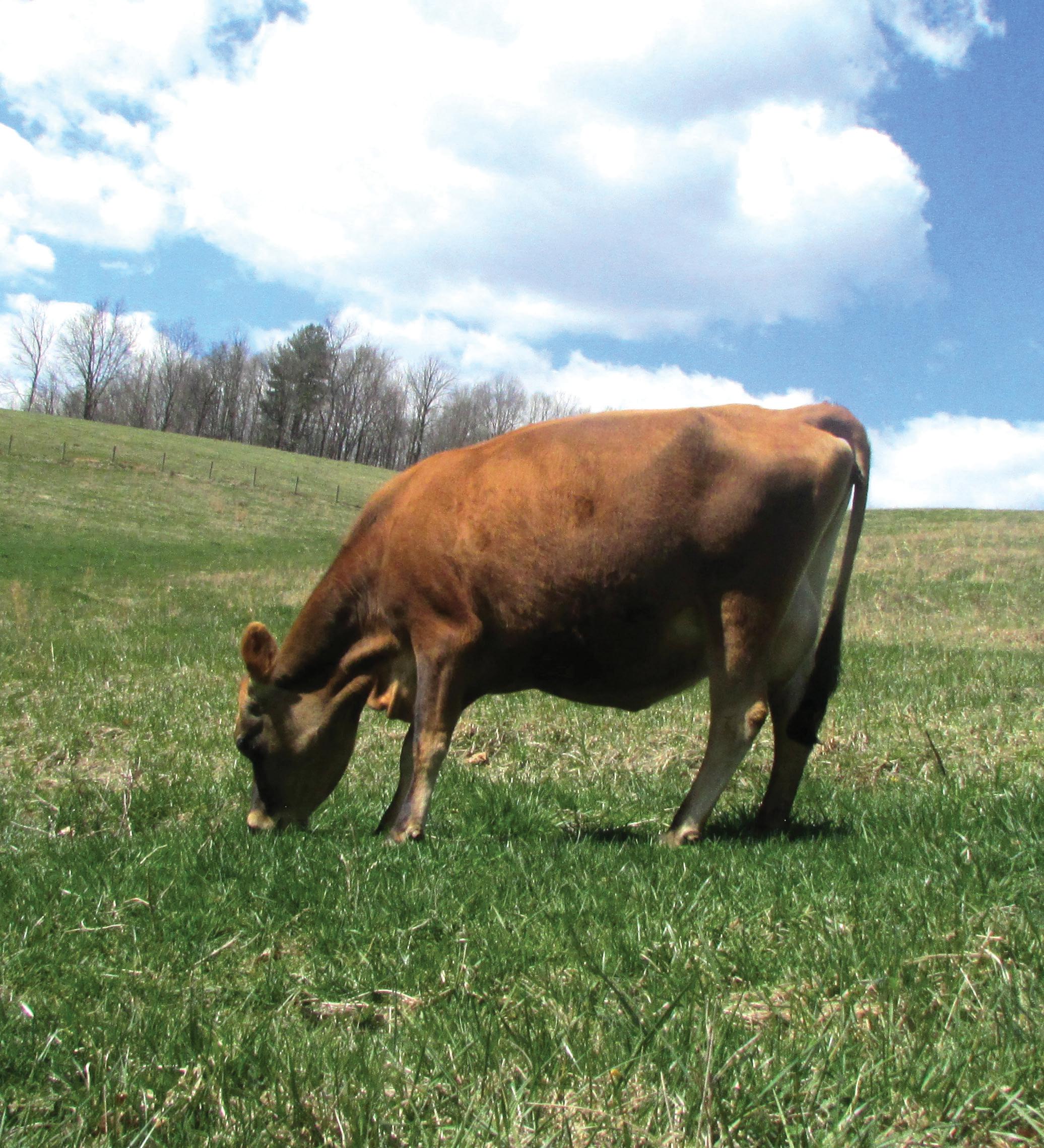
It was a terrifying experience the first time I witnessed one of my Jersey cows in the advanced stages of milk fever. That incident, however, taught me to recognize, treat and even prevent future incidents of metabolic illness within my herd. Having a basic knowledge of metabolic illnesses and being able to respond accordingly can mean the difference between life and death for affected livestock.
MILK FEVER (HYPOCALCEMIA)
Hypocalcemia is the sudden decline of calcium in the blood. It usually occurs around the time a cow begins her lactation. Despite the fact the illness is commonly referred to as “milk fever,” symptoms don’t include an elevated body temperature. Typically, the first signs of hypocalcemia are drooped ears, lethargy and cold extremities. The affected cow may also seem confused or disoriented. Muscle weakness follows, causing a cow with hypocalcemia to be unsteady on her feet.
As the illness progresses, the cow may “go down” and be unable to rise. At this stage, the cow’s neck will usually twist awkwardly to one side, and she’ll become listless and inattentive. In the advanced stages of the illness, the cow will lie flat on her side and her pulse will slow dramatically. In this position, the rumen pressing into her chest could inhibit her breathing and cause death by suffocation.
The level of treatment for milk fever corresponds with the severity of the illness. A cow that is in the early stages can often be restored to good health by administering a tube of calcium paste or a calcium bolus in two 12-hour intervals. In more serious cases, however, liquid calcium must be given subcutaneously so that it can be absorbed quickly. A cow with advanced hypocalcemia (one that is already down and unable to rise) needs to be treated intravenously.
この記事は Hobby Farms の July - August 2024 版に掲載されています。
7 日間の Magzter GOLD 無料トライアルを開始して、何千もの厳選されたプレミアム ストーリー、9,000 以上の雑誌や新聞にアクセスしてください。
すでに購読者です ? サインイン
この記事は Hobby Farms の July - August 2024 版に掲載されています。
7 日間の Magzter GOLD 無料トライアルを開始して、何千もの厳選されたプレミアム ストーリー、9,000 以上の雑誌や新聞にアクセスしてください。
すでに購読者です? サインイン

The RISE of Opportunist WEEDS
Be prepared to see increasing changes in weeds we fight, such as poison hemlock and poison ivy, and in the crops we grow.

LIVESTOCK Health
Prepare yourself for how to spot symptoms of illness in your farm animals so that you can get them help before it's too late.

CUT FLOWER Farming
If you're considering growing flowers for sale, brush up on these five key things to know before diving in.

WINTER Survival
Keep your land, animals and yourself in good shape this winter with this helpful advice.

COVERAGE CONCERNS
Avoid common insurance mistakes for rural and hobby farm businesses.

FARMER'S GUIDE Berries
Set the stage for tasty strawberries, blueberries and brambles with these soil-boosting garden tips.

Preconditioning CALVES
Follow our step-by-step guide to get more money for your calves.

Soil Conservation
Often, outside of having a specific problem that needs to be addressed, soil conservation isn't something every farmer readily thinks about. Yet conserving the soil should be at or near the top of every farmer owner or manager's list of concerns because absent the prevention of soil erosion, we have the opportunity for another dust bowl.

Year-Round Lettuce & Salad Mixes
It's easy to think of salad greens as just a spring- or fall-garden crop, but it's possible to enjoy freshly harvested lettuces, mustards and more from your own garden year-round.

Barn Improvements
Days are never long enough for a farmer. From dawn to well into the night, tasks arise that often require immediate action. Having to search for tools or equipment is an enormous time waster and incredibly frustrating when you can't find what you need, especially when you know you have it.